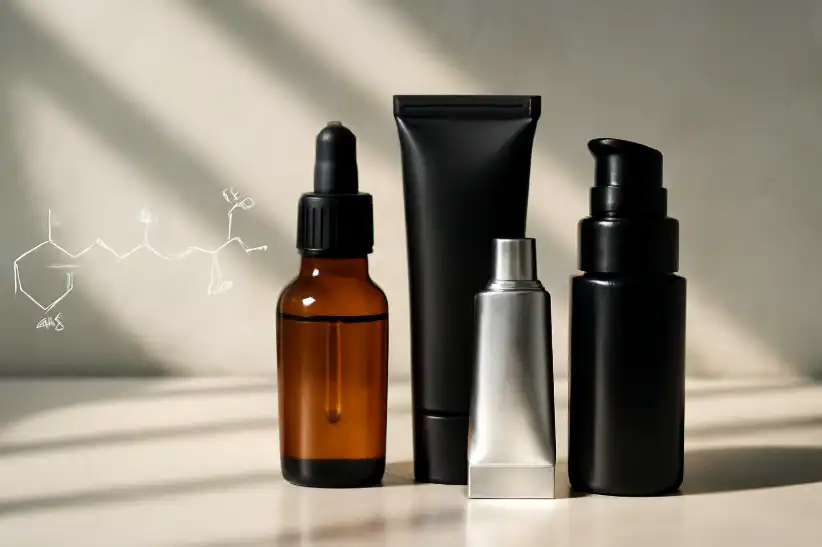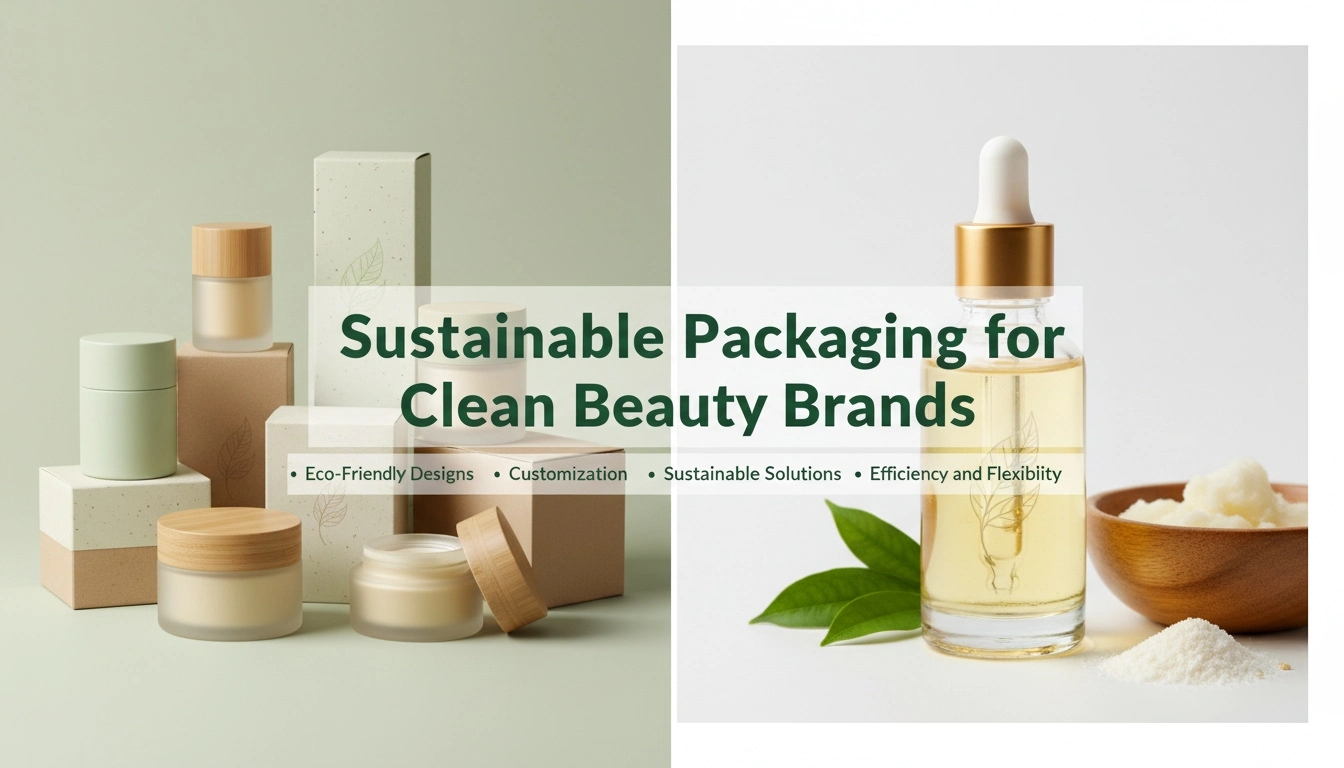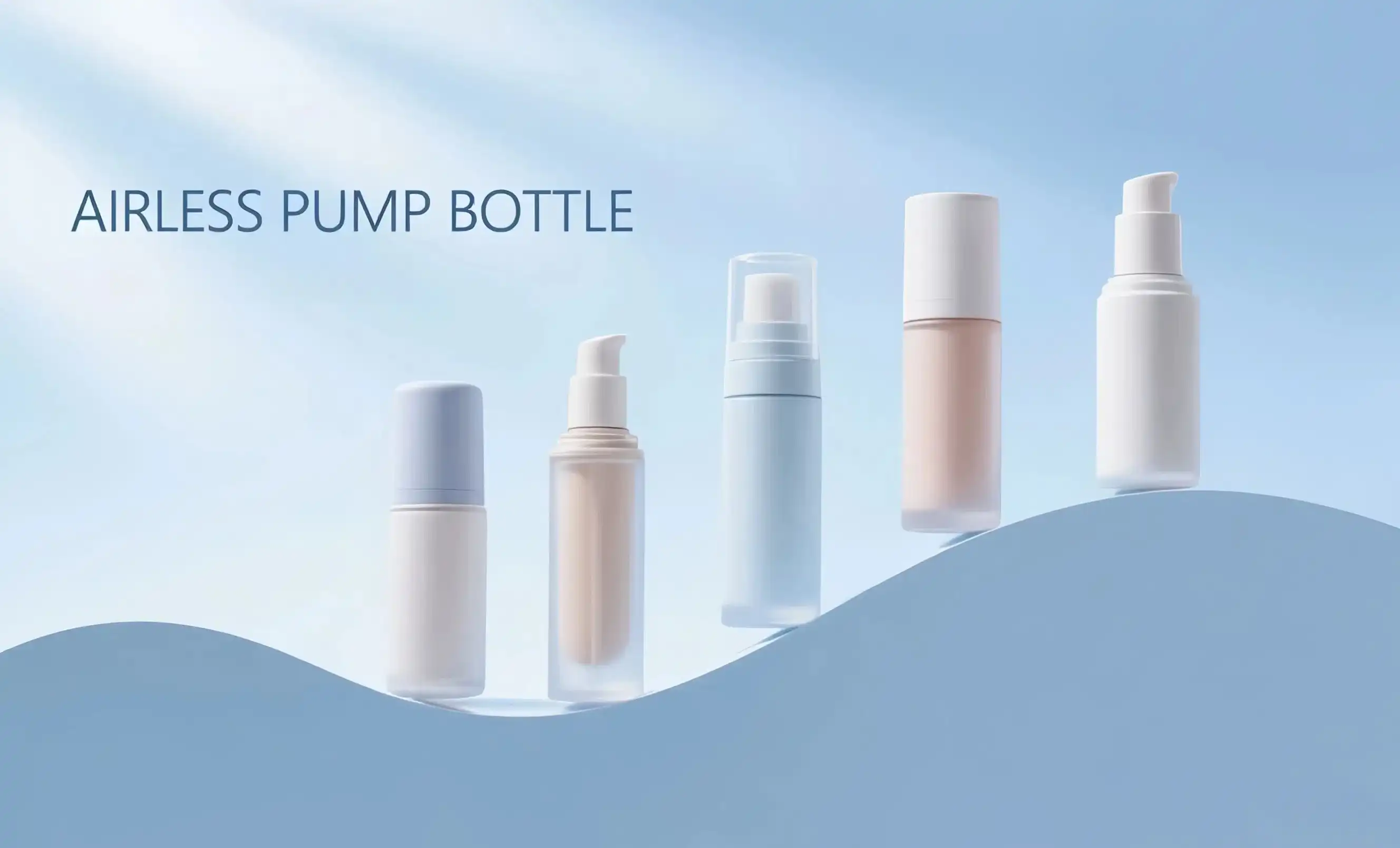Light-Blocking Containers: Preserving Retinol's Potency
Retinol, a derivative of vitamin A, is highly sensitive to light exposure. When exposed to UV rays or even artificial light, retinol can break down, losing its potency and effectiveness. This is why light-blocking containers are essential in retinol packaging.
The Science Behind Light Protection
Light-blocking containers work by absorbing or reflecting harmful light rays, preventing them from reaching the retinol formula inside. These containers are typically made from opaque or dark-colored materials that effectively shield the product from both natural and artificial light sources.
Types of Light-Blocking Materials
Several materials are commonly used in light-blocking packaging for retinol products:
- Amber glass: Known for its excellent UV protection properties
- Dark-colored plastic: Often used in combination with UV inhibitors
- Aluminum tubes: Provide complete light blockage and are recyclable
- Opaque airless pumps: Combine light protection with airless technology
Each of these materials offers varying degrees of light protection, with some providing additional benefits such as recyclability or compatibility with airless systems.
The Impact on Product Longevity
Using containers that filter light allows retinol-based solutions to be effective for longer. This is great news for two reasons: first, it prolongs the product's shelf life, which means less waste, and second, it increases customer happiness.
Airless Pumps vs. Tubes: Comparing Effectiveness
When it comes to retinol packaging, two popular options often come head-to-head: airless pumps and tubes. Both have their merits, but understanding their differences is key to making the right choice for your retinol products.
Airless Pump Technology
Airless pumps have gained significant popularity in recent years, especially for sensitive formulations like retinol. These innovative packaging solutions work by creating a vacuum that pushes the product up and out without allowing air to enter the container.
Advantages of airless pumps include:
- Minimal air exposure, preserving product integrity
- Precise dosage control
- Ability to dispense nearly 100% of the product
- Reduced need for preservatives in some formulations
Topfeelpack, a leading packaging solution provider, offers advanced airless bottles designed to prevent air exposure, maintaining the product's effectiveness and ensuring a longer shelf life.
Traditional Tube Packaging
Tubes have been a staple in skincare packaging for decades. While they may not offer the same level of air protection as airless pumps, they still have their place in retinol packaging.
Benefits of tube packaging:
- Cost-effective option for many brands
- Familiar and easy to use for consumers
- Versatile in terms of design and branding
- Can be made from various materials, including recyclable options
Comparative Analysis
When comparing airless pumps and tubes for retinol products, consider the following factors:
- Air exposure: Airless pumps offer superior protection against oxidation.
- Product waste: Airless pumps typically allow for more complete product usage.
- Cost: Tubes are generally more economical, especially for smaller brands.
- User experience: Some consumers prefer the control offered by airless pumps, while others appreciate the familiarity of tubes.
- Formulation compatibility: Certain retinol formulations may be better suited to one packaging type over the other.
Choosing Packaging: 3 Key Factors for Retinol Stability
Selecting the right packaging for retinol-based products involves careful consideration of several factors. Here are three crucial elements to keep in mind when choosing packaging materials for your retinol formulations:
1. Air-Tight Sealing
Oxygen is one of retinol's biggest enemies. Exposure to air can rapidly degrade the active ingredient, reducing its effectiveness. When selecting packaging, prioritize options that offer air-tight sealing mechanisms. This could include:
- Airless pump systems
- Tubes with small openings and tight-sealing caps
- Jars with inner seals or airless jar designs
The goal is to minimize air contact with the product each time it's opened and used.
2. Material Compatibility
The packaging material itself must be compatible with retinol formulations. Some materials can interact with retinol, potentially altering its stability or effectiveness. Consider the following when choosing packaging materials:
- Inert materials like glass or certain plastics (e.g., HDPE, PETG)
- Materials that don't leach chemicals into the product
- Opaque or UV-resistant materials to protect from light
It's crucial to conduct compatibility tests to ensure the chosen material doesn't negatively impact the retinol formulation over time.
3. User-Friendly Design
While protecting the product is paramount, the packaging should also enhance the user experience. Consider designs that:
- Allow for easy, controlled dispensing
- Minimize product waste
- Are aesthetically pleasing and align with your brand image
- Provide clear instructions for use and storage
A well-designed package not only preserves the retinol but also encourages consistent use, leading to better results for consumers.
Balancing Protection and Practicality
Finding the right balance between these factors is key. While maximum protection is ideal, it must be weighed against cost considerations, manufacturing capabilities, and consumer preferences. To find this happy medium, businesses like Topfeelpack provide customized solutions, like as packaging that is both sturdy and functional.
Conclusion
Product effectiveness, customer happiness, and brand reputation are all affected by the packaging choice for retinol-based goods. To keep up the viability and steadiness of retinol, it is basic to utilize holders that piece light, airless pumps, and appropriately chosen pressing materials. Brands may secure their retinol formulations in packaging solutions that are both user-friendly and airtight by thinking about things like material compatibility, airtight sealing, and ergonomics.
Collaborating with seasoned packaging solution providers is vital for skincare enterprises, cosmetics manufacturers, and makeup companies trying to optimize their retinol packaging. For the specific requirements of retinol-based products, Topfeelpack provides state-of-the-art airless bottles and bespoke packaging solutions. Topfeelpack is prepared to assist firms in navigating the intricacies of retinol packaging because to its dedication to sustainability, rapid customisation capabilities, and low price.
Ready to elevate your retinol product packaging? Contact Topfeelpack today at pack@topfeelgroup.com to explore how our imaginative bundling arrangements can offer assistance ensure your retinol details and upgrade your brand's nearness in the competitive skincare showcase.
FAQ
1. Why is special packaging necessary for retinol products?
Retinol is highly sensitive to light, air, and heat. The retinol's efficacy and potency are preserved throughout its shelf life by means of specialized packaging that shields it from these factors.
2. Can I use clear glass bottles for retinol products?
Clear glass bottles are not recommended for retinol products as they do not provide adequate protection from light exposure, which can degrade the retinol. Opaque or dark-colored packaging is preferable.
3. How long does retinol last in proper packaging?
With proper packaging and storage, retinol products can typically maintain their efficacy for 6-12 months after opening. However, this can vary based on the specific formulation and packaging type.
References
1. Johnson, A. et al. (2022). "The Impact of Packaging on Retinol Stability in Skincare Products." Journal of Cosmetic Science, 73(4), 215-228.
2. Smith, B. (2021). "Advances in Airless Pump Technology for Sensitive Skincare Ingredients." Packaging Technology and Science, 34(6), 321-335.
3. Brown, C. et al. (2023). "Comparative Analysis of Light-Blocking Materials in Cosmetic Packaging." International Journal of Cosmetic Science, 45(2), 112-126.
4. Davis, E. (2022). "Consumer Preferences in Retinol Product Packaging: A Market Study." Journal of Consumer Behavior, 21(3), 456-470.
5. Lee, S. et al. (2021). "Material Compatibility Studies for Retinol-Based Formulations." European Journal of Pharmaceutical Sciences, 158, 105686.
6. Wilson, R. (2023). "Sustainability in Cosmetic Packaging: Balancing Product Protection and Environmental Concerns." Sustainable Materials and Technologies, 32, e00380.


 - 副本_1745399213966.webp)

_1747827716538.webp)

